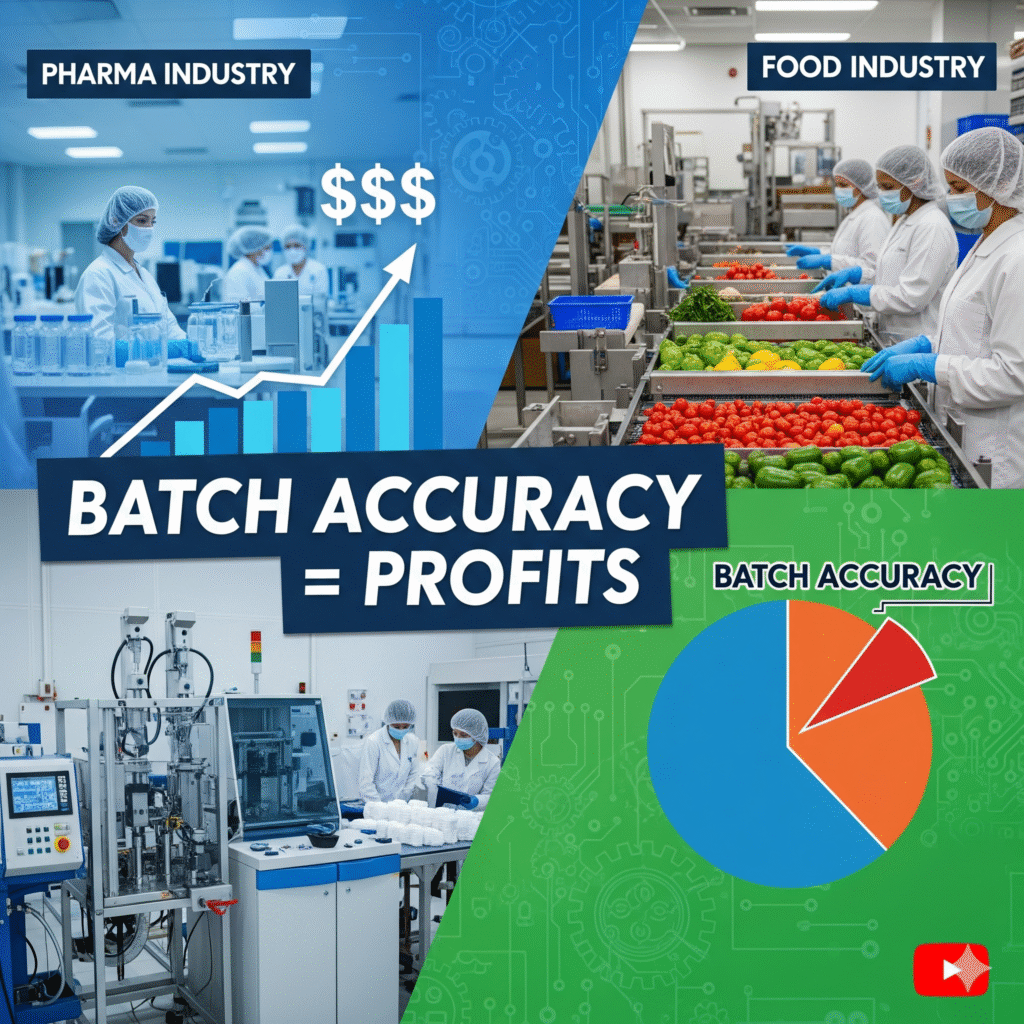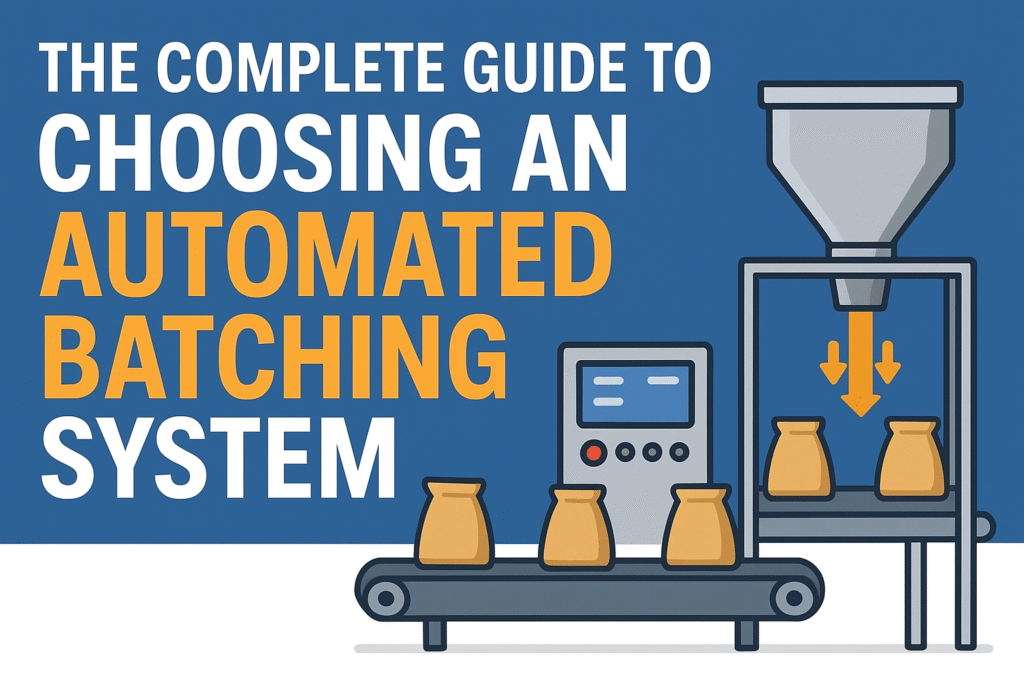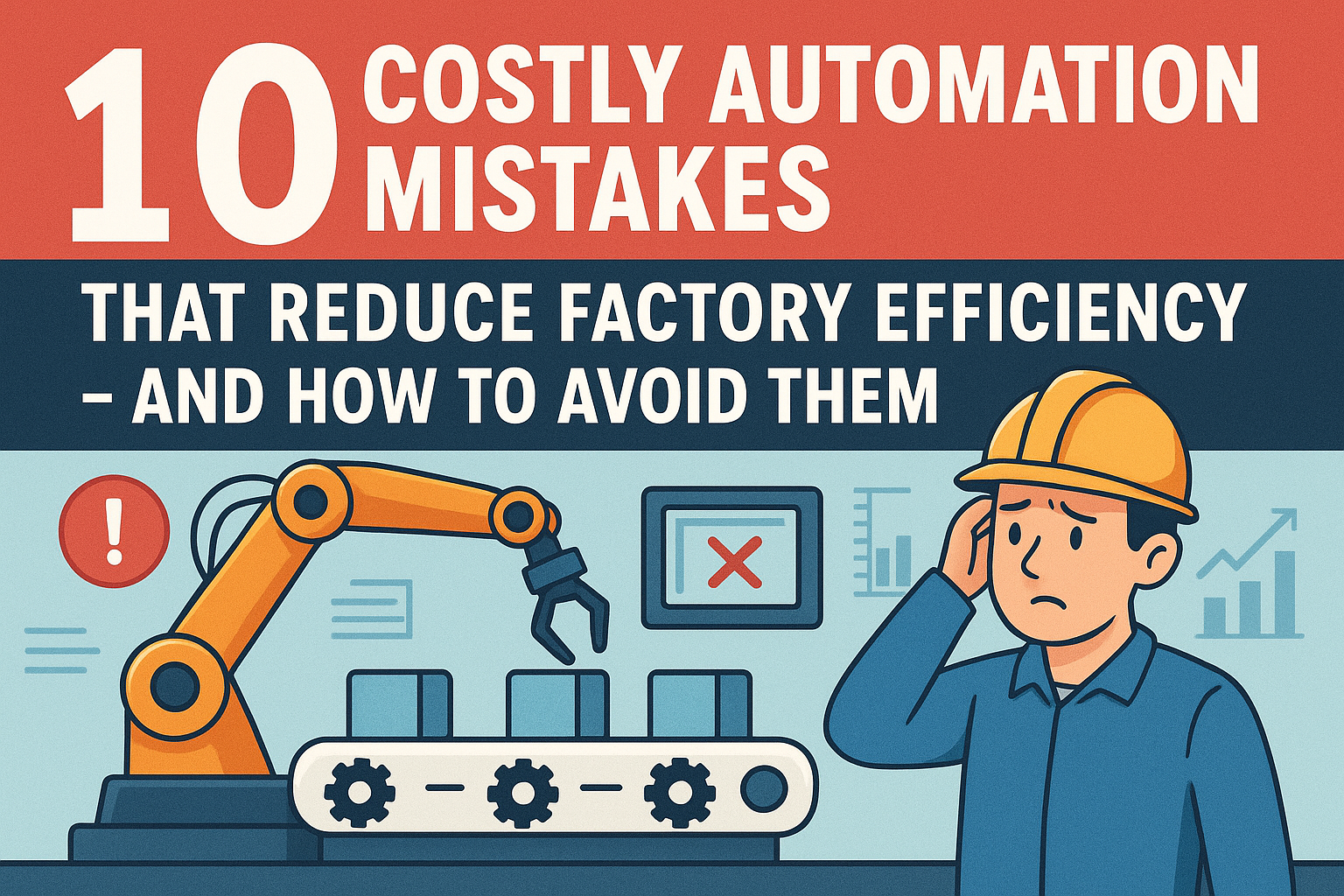
In today’s highly competitive industrial landscape, optimizing your material handling system can dramatically affect your operational efficiency, cost savings, product quality, and safety compliance. Whether you are in pharmaceuticals, food processing, chemical manufacturing, or cement production, the choice between pneumatic conveying and mechanical conveying can be pivotal.
This comprehensive guide will cover everything you need to know about these two conveying technologies, helping you decide which one saves you more money and suits your specific industrial requirements.
Understanding Material Conveying Systems
Pneumatic conveying uses pressurized air or vacuum to transport bulk materials through sealed pipelines. It’s highly suited for materials like powders, granules, and small particles.
- Types of Pneumatic Conveying:
- Dilute Phase: Material suspended in high-velocity air stream.
- Dense Phase: Material conveyed at low velocity in dense plugs.
Key Advantages:
- Dust-free, hygienic transport
- Flexible layout (vertical and horizontal)
- Low product degradation
Mechanical conveying moves materials using physical equipment such as belts, screws, chains, or buckets.
- Common Mechanical Conveyors:
- Belt Conveyors
- Screw Conveyors
- Chain Conveyors
- Bucket Elevators
- Drag Conveyors
Key Advantages:
- Handles heavy, abrasive materials well
- Simple technology with lower capital costs
Easy to maintain for many applications
Detailed Comparison of Pneumatic and Mechanical Conveying Systems
Parameter | Pneumatic Conveying | Mechanical Conveying |
Equipment Cost | High: Air compressors, filters, pipelines | Moderate: Belts, motors, pulleys |
Installation Complexity | Complex; requires airtight systems | Simple; fixed structure installation |
Space Utilization | Compact footprint; vertical & horizontal | Large floor space needed |
Typical Initial Cost | $100,000+ (depends on scale) | $50,000+ (depends on scale) |
Analysis:
Pneumatic systems require a higher initial investment but save space, while mechanical systems are cheaper to set up but need more space.
Cost Aspect | Pneumatic Conveying | Mechanical Conveying |
Energy Consumption | High (compressors consume more) | Lower energy consumption |
Maintenance Cost | Moderate (filters, compressors) | Higher (belt replacements, bearings) |
Labor Cost | Lower (automated system) | Higher (manual inspection, repairs) |
Product Loss | Minimal (enclosed system) | Moderate (spillage and dust) |
Energy Efficiency Insight:
Pneumatic systems consume 15-30% more power on average, but reduced product loss and downtime can offset this.
Feature | Pneumatic Conveying | Mechanical Conveying |
Moving Parts | Few; mainly compressors & valves | Many; belts, chains, screws, bearings |
Frequency of Maintenance | Lower; scheduled filter replacements | Higher; frequent belt and screw wear |
System Downtime | Low, but blockage risk exists | Higher due to mechanical breakdowns |
Material Type | Pneumatic Conveying | Mechanical Conveying |
Fragile & Fine Powders | Excellent; minimal degradation | Poor; risk of damage |
Abrasive Materials | Less suitable; pipeline wear concerns | Excellent; built for abrasion |
Bulk & Coarse Materials | Moderate; dense phase preferred | Excellent; efficient |
- Pneumatic conveying reduces dust emissions, improving workplace safety.
- Mechanical conveyors generate noise and potential dust leakage.
- Pneumatic systems are better for food and pharmaceutical hygiene standards.
- Pneumatic systems can be rerouted easily, supporting complex plant layouts.
- Mechanical conveyors require fixed pathways and large floor space.
- Pneumatic systems excel in multi-floor plants and compact facilities.
Cost Category | Pneumatic Conveying | Mechanical Conveying |
Initial Capital Cost | $150,000 | $80,000 |
Energy Cost (10 yrs) | $120,000 | $90,000 |
Maintenance Cost (10 yrs) | $50,000 | $90,000 |
Product Loss Cost | $20,000 | $50,000 |
Downtime Cost | $15,000 | $40,000 |
Total TCO | $355,000 | $350,000 |
Interpretation:
While mechanical conveying appears cheaper upfront and in energy, pneumatic systems save costs on product loss and downtime — equalizing the total cost in many cases, especially for delicate materials.
Pharmaceutical Industry
Challenge: Avoiding contamination and powder degradation.
Solution: Pneumatic conveying systems installed.
Result: 20% reduction in product loss and improved GMP compliance.
Food Processing Plant
Challenge: Dust control and flexible plant layout.
Solution: Pneumatic conveying with dense phase technology.
Result: Reduced environmental fines and easier plant expansion.
Cement Manufacturing
Challenge: Transporting heavy, abrasive materials economically.
Solution: Mechanical screw conveyors implemented.
Result: Lower operational costs and robust performance.
Scenario | Best Choice | Why? |
Fragile, high-value powders | Pneumatic Conveying | Minimal product degradation |
Heavy, abrasive bulk materials | Mechanical Conveying | Durable and energy-efficient |
Space-limited, multi-floor plants | Pneumatic Conveying | Flexible routing and compact system |
Budget constrained projects | Mechanical Conveying | Lower initial investment |
Strict hygiene & safety standards | Pneumatic Conveying | Dust-tight and easy to sanitize |
- Material characteristics: Fragility, abrasiveness, particle size
- Plant layout: Available space, vertical height, routing complexity
- Budget constraints: Capital vs operating costs
- Energy costs: Long-term energy consumption impact
- Maintenance capabilities: Skilled labor availability
- Regulatory compliance: Hygiene, safety, and environmental requirements
Q1: Can pneumatic conveying handle wet materials?
A: Pneumatic conveying is generally not suitable for wet or sticky materials due to clogging risks.
Q2: Are mechanical conveyors noisy?
A: Mechanical systems generate more noise compared to pneumatic, but noise can be managed with proper enclosures.
Q3: How to reduce energy costs in pneumatic systems?
A: Using energy-efficient compressors and optimizing system design can reduce power consumption significantly.
Are you ready to optimize your material handling system and save on costs while enhancing productivity? Our team of industry experts is here to help you choose the right conveying solution tailored to your unique requirements.
- Get a Free, No-Obligation Consultation Today!
- Custom Material Handling Audit and Cost Analysis
- Expert Recommendations Backed by Industry Data
Click the link below or call us at +91 9825003874 to schedule your consultation.
Request Your Free Consultation Now
Final Thoughts
Choosing between pneumatic and mechanical conveying is not just a technical decision but a strategic business choice. By considering material properties, plant layout, budget, and operational priorities, you can maximize savings and improve efficiency.
For companies dealing with delicate, high-value materials or requiring flexibility and hygiene, pneumatic conveying is often the better investment.
For those focused on heavy, abrasive materials and low initial cost, mechanical conveying remains a solid, economical choice.






